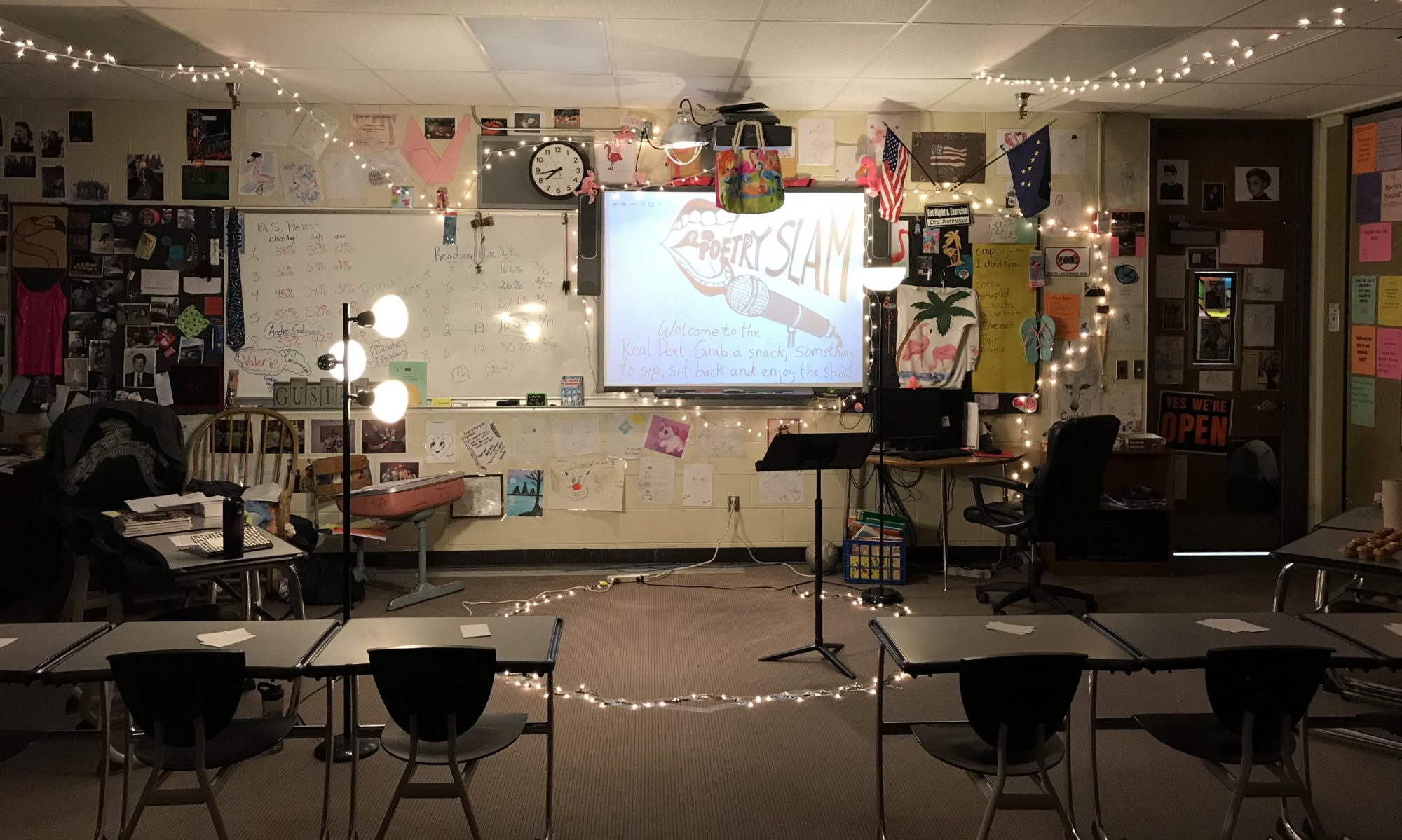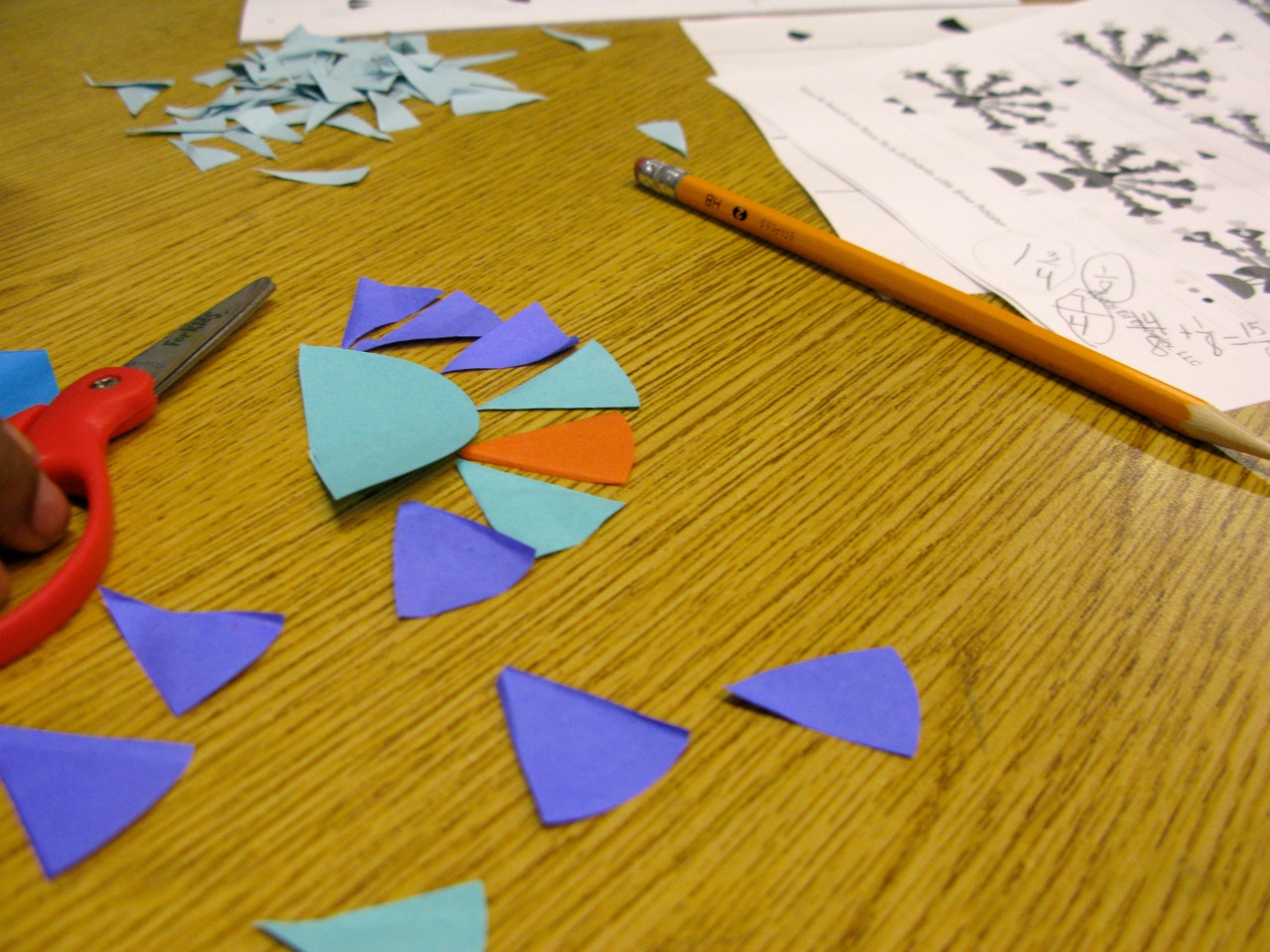The Kenai Public Borough School District (KPBSD) has identified a commonality among successful school districts nation-wide: that 8th-graders are prepared to pass Algebra 1 (“KPBSD Key Performance Indicators”, n.d.). This study resulted in a system-wide goal to improve the pace of math education. Teachers in my district do not allow students to fall through the cracks. We plan interventions for under-performers and create enrichment opportunities for over-performers.
In my portfolio I have included a position paper on mathematics pedagogy. It describes some of the interventions and teaching strategies I will use in my classroom, such as digital literacy initiatives such as programming, web site design, and animation. Project-based learning is a natural way to manage these endeavors (Thomas, 2000). Research has shown that project-based learning is more effective than traditional methods for teaching math, STEM, and engineering (Beckett & Miller, 2006).
Interactive and personalized projects put students “on the hook” for their learning. So does my teaching style. Relationships matter in the classroom, whether they are mathematical or interpersonal. I explain that when I challenge a student to try harder and dig deeper, they will know it is because I believe in them. Teachers who support students in the learning environment can positively impact their social and academic outcomes (Gallagher, n.d.).
My paper discusses the role of feedback in mathematics, and how it should always be affirming and clear, so that students trust the teacher will never insult or belittle them in front of their peers. I use a positive behavior intervention system (Horner, Sugai, & Lewis, 2015) to acknowledge and reinforce student behavior to help create a comfortable learning environment.
Students learn most from a teacher’s character. While the hard facts of mathematics are important to know, if I can role model and pass on the attributes of a good mathematician— Persistence, logic, curiosity and precision— I believe that my students will be able to find all the missing variables of their life.
References
Beckett, G. H., & Miller, P. C. (2006). Project-based second and foreign language education: Past, present, and future. Greenwich, CT: Information Age Pub.
Gallagher, E. (n.d.). The effects of teacher-student relationships: social and academic outcomes of low-income middle and high school students – Applied Psychology OPUS – NYU Steinhardt. Retrieved July 9, 2018, from https://steinhardt.nyu.edu/appsych/opus/issues/2013/fall/gallagher
Horner, R. H., Sugai, G., & Lewis, T. (2015, April 15). Is school-wide positive behavior support an evidence-based practice? Retrieved July 8, 2018, from https://www.pbis.org/research
KPBSD KEY PERFORMANCE INDICATORS (KPI). (n.d.). Retrieved July 8, 2018, from Kenai Peninsula Borough School District website at: http://www.kpbsd.k12.ak.us/strategicplan.aspx?id=27170
Thomas, J. W. (2000, March). A review of research on project-based learning. San Rafael, CA: The Autodesk Foundation.
Vygotsky, L. S. (1978). Mind in society: the development of higher psychological processes. Cambridge, MA: Harvard University Press.

